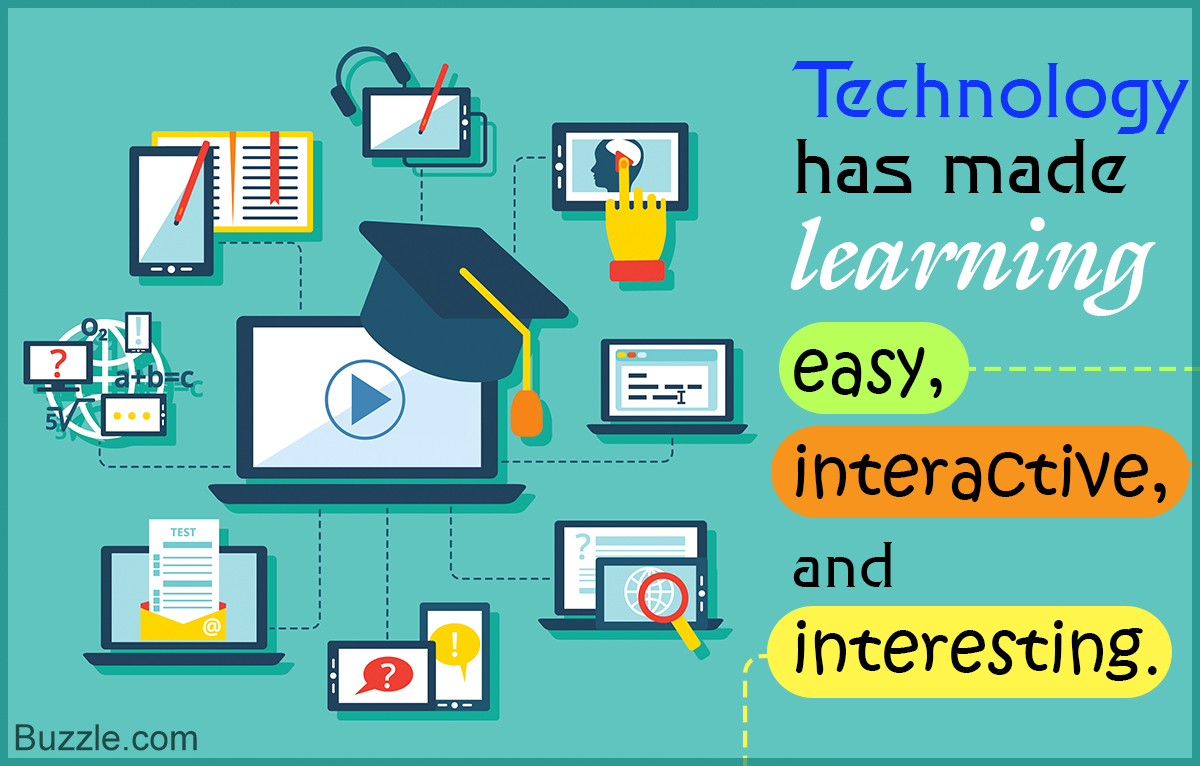20Shift: Your Daily Dose of Insight
Stay updated with the latest trends and news across various domains.
Tech-savvy Classrooms: Where Learning Meets Innovation
Discover how tech-savvy classrooms are transforming education into an innovative adventure! Join the revolution in learning today!
Exploring the Benefits of Interactive Technology in Education
In the modern educational landscape, interactive technology is transforming the way students learn and engage with content. Tools like smartboards, educational apps, and virtual reality make lessons more engaging by allowing students to participate actively in their own learning process. This shift from traditional teaching methods to more interactive approaches can lead to enhanced critical thinking and problem-solving skills among students. Moreover, interactive technology caters to various learning styles, making it easier for educators to accommodate diverse classroom needs.
Additionally, the use of interactive technology fosters collaboration among students, encouraging them to work together on projects and share ideas in real-time. This collaborative environment mimics real-world scenarios, preparing students for team-oriented workplaces of the future. Benefits include:
- Improved engagement and motivation.
- Personalized learning experiences.
- Access to a wealth of resources and information.
- Development of digital literacy skills.

How Augmented Reality is Transforming the Classroom Experience
Augmented Reality (AR) is revolutionizing the way educators engage with students by providing interactive and immersive learning experiences. In traditional classrooms, information is often delivered through textbooks and lectures, limiting student interaction and engagement. However, with the integration of AR technologies, students can now visualize complex concepts, such as the human anatomy or historical events, in a more tangible way. For instance, an AR application can project a 3D model of the solar system, allowing students to explore each planet's characteristics and movement in real-time. This hands-on approach not only enhances understanding but also boosts student motivation and curiosity.
Moreover, augmented reality enables personalized learning pathways, catering to the diverse needs of learners. Teachers can use AR tools to create interactive quizzes and gamified learning experiences that adapt to individual skill levels. This adaptability fosters a more inclusive environment where all students can thrive. Additionally, the collaborative nature of AR allows students to work together on projects, encouraging teamwork and communication. By integrating AR into the curriculum, educators are not only enhancing the classroom experience but also preparing students for a future where technology plays a vital role in various fields and industries.
What Tools Are Essential for a Tech-Savvy Learning Environment?
In today’s rapidly evolving educational landscape, creating a tech-savvy learning environment is essential for fostering student engagement and enhancing the learning experience. Key tools to achieve this include interactive whiteboards, which allow for dynamic presentations and collaborative learning. Additionally, learning management systems (LMS) like Canvas and Moodle provide platforms where teachers can organize course materials, track student progress, and facilitate communication. Other important tools are educational apps, which support personalized learning by catering to diverse learning styles and paces.
Moreover, incorporating collaboration tools such as Google Workspace or Microsoft Teams is crucial for encouraging teamwork among students, enabling them to work together on projects, share resources, and provide peer feedback in real time. To maintain a secure online environment, implementing cybersecurity tools, like VPNs and anti-virus software, is vital to protect both students and educators from potential threats. By integrating these tools, educators can establish a more efficient and tech-savvy learning environment that prepares students for the future.